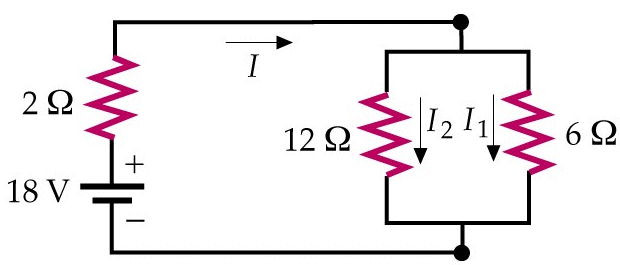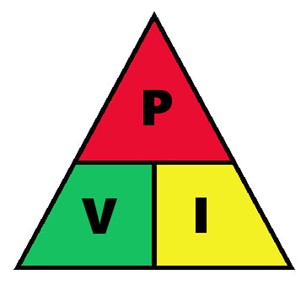Joule's Law
Joule's law was a phenomenon discovered by the British James Prescott Joule, in 1840 he published his study known as "heat production by voltaic electricity" which consequently established the fact.
What does Joule's law consist of?
The current produces heat through the resistance of the conductor material. This resistance is created by the movement of electrons.
The electric charges that are produced, having a certain mass and velocity, produce kinetic energy. This energy is released when the charges collide with the atoms of the conductor. It is when this effect is in a closed circuit flowing through the current that the joule effect occurs.
How can we know the amount of heat using Joule's law?
Joule's law states that the heat that is produced by the process of an electric current is directly proportional to the resistance, the time and the intensity squared. From this we obtain the following formula:
Q=I2×R×t
- Q = the amount of heat, i.e. the Joules
- I = current intensity
- R = electrical resistance (Ω)
- t = time in which the current flows expressed in seconds.
The heat generated by the effect can be obtained from
Joule's law consumes a power that is in a current. To know the power consumed, we can obtain it using the following formula:
P = V · I
Like OHM's law, we have a triangle that helps us to remember the formula, this is known as Joule's triangle. To get some magnitude we just have to cover it and from this formula, we will get the formula.
How does the law affect electricity?
When electric current heats up, it has the following effects:
- The more resistance the more heat
- The longer the period the current flows, the hotter it gets.
- The more current the more heat.
Applications of the law
Joule's law can be easily found in household appliances that generate heat, such as heaters and ovens. In these cases, they generate thermal energy as soon as the energy flows through the conductors.
This law can be found in various applications today, not only in our homes but also in the streets, for example:
- Street lamps
- Electromagnetic radiation









